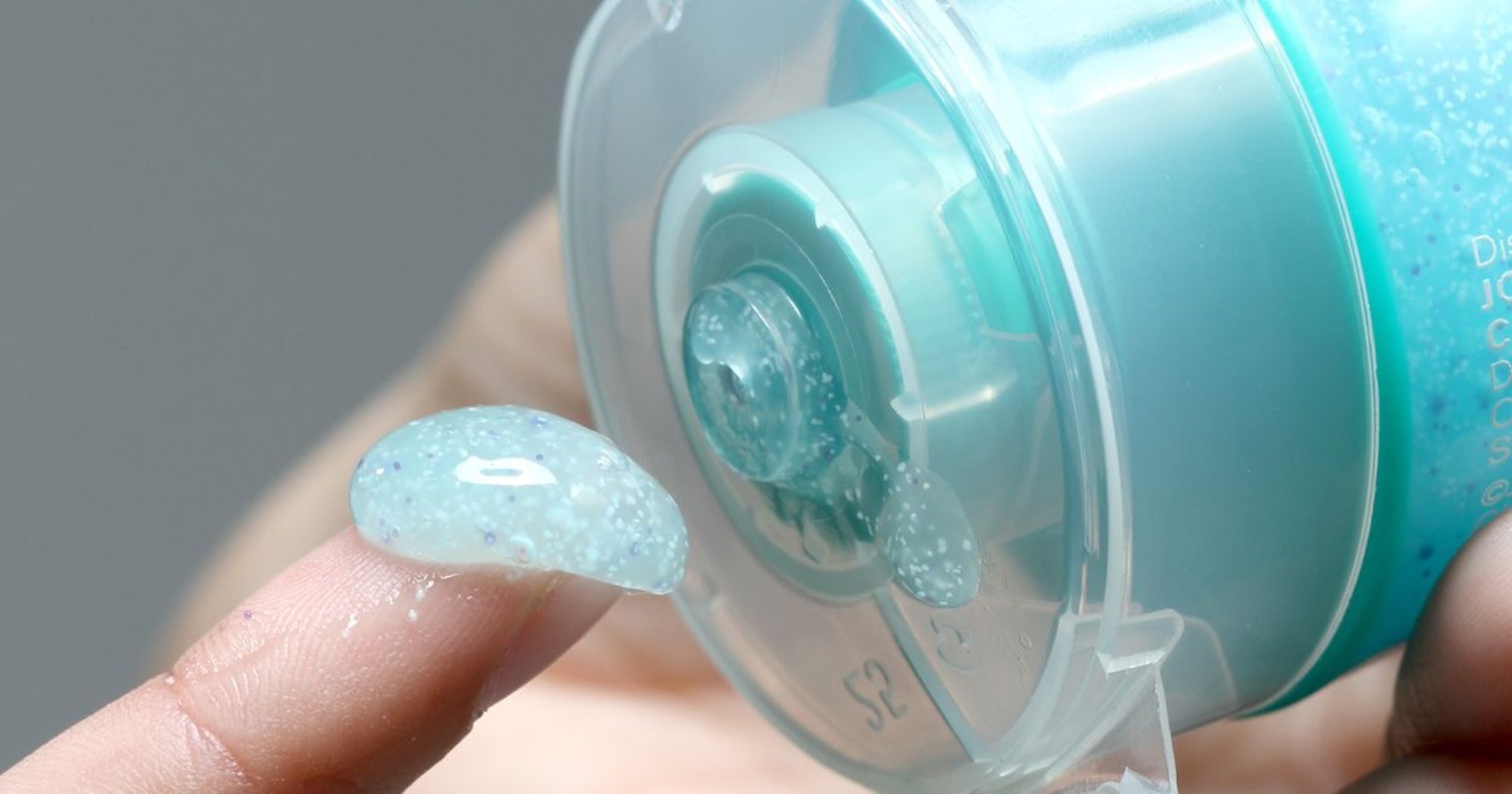Should you worry about parabens?
The average woman uses 12 products containing parabens every day. But these cosmetic preservatives can be absorbed by the body, and no one knows their long-term cumulative effects. Should we be worried? Sophie Bond investigates
What are they?
Parabens, or alkyl hydroxy benzoates, are chemical preservatives that have been in use since their development in the 1930s. The most common forms of parabens are prefixed by what sound like women’s names from the 1920s: methyl-, ethyl-, propyl- and butylparaben.
Where are they found?
Everywhere. They are generally added to cosmetics, medicines and processed foods in one or more of their forms to prevent the growth of bacteria, moulds and fungi and increase the shelf life of products. They are usually present at low levels, making up less than one percent of a total product.
Parabens are the most widely used preservative in cosmetics and body care products. From shampoo and liquid soap to lipstick and sunscreen, there’s likely to be a paraben or two in the mix. Almost everyone will be exposed to them daily, unless they deliberately choose paraben-free products.
What’s the problem?
Research has proven that parabens can be absorbed by the body and appear to enter tissues via the skin.
Parabens are weak endocrine disruptors, meaning they can affect hormone production and function. Studies have shown they can mimic the action of the female hormone oestrogen, which can drive the growth of some breast tumours. In 2004 researchers from Reading University were the first to discover parabens in human tissue. Their study found parabens in samples of breast tumours, although their findings did not prove that parabens cause breast cancer.
In some people, parabens can cause an allergic skin reaction, which shows up as a rash. (Individuals can be tested for paraben sensitivity.)
So far, researchers have discovered no ill effects from ingesting parabens, so their presence in food and medicine is probably of no concern.
What should I do?
In small amounts, parabens are probably safe. But there’s a lot we don’t know, such as whether they accumulate in our bodies over time, and how the combination of chemicals in our products may be affecting us.
It’s worth bearing in mind that breast cancer is the most common cancer in women. All Western countries have shown an increase in breast cancer in the past 40 years, and any preventive measures are worthwhile. And it’s not just women who might want to think twice about exposure to parabens. Studies have shown that exposure to environmental oestrogen can lead to sterility disorders in men.
The mandatory labelling for cosmetics means you can check commonly used items for parabens. Because ‘leave-on’ products such as moisturiser, makeup and sunscreen have a long time to penetrate the skin, parabens in your shampoo are probably better than parabens in your face cream. Women may want to avoid using products with parabens around their arms and breasts.
It’s also a good idea to store products containing methylparaben in a dark place, such as your bathroom cupboard. A study by researchers at the Kyoto Prefectural University of Medicine found that methylparaben may become toxic when exposed to sunlight, causing premature ageing and increasing the risk of skin cancer.
Further study into the cumulative effects of parabens is needed. Until then, if you’d rather err on the side of caution, there are plenty of lovely products on the market that don’t contain parabens.







